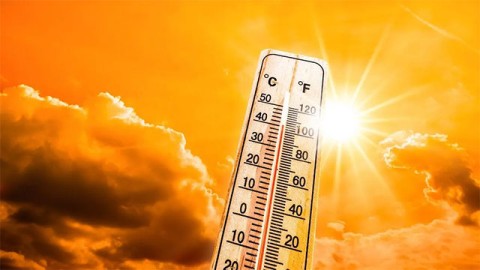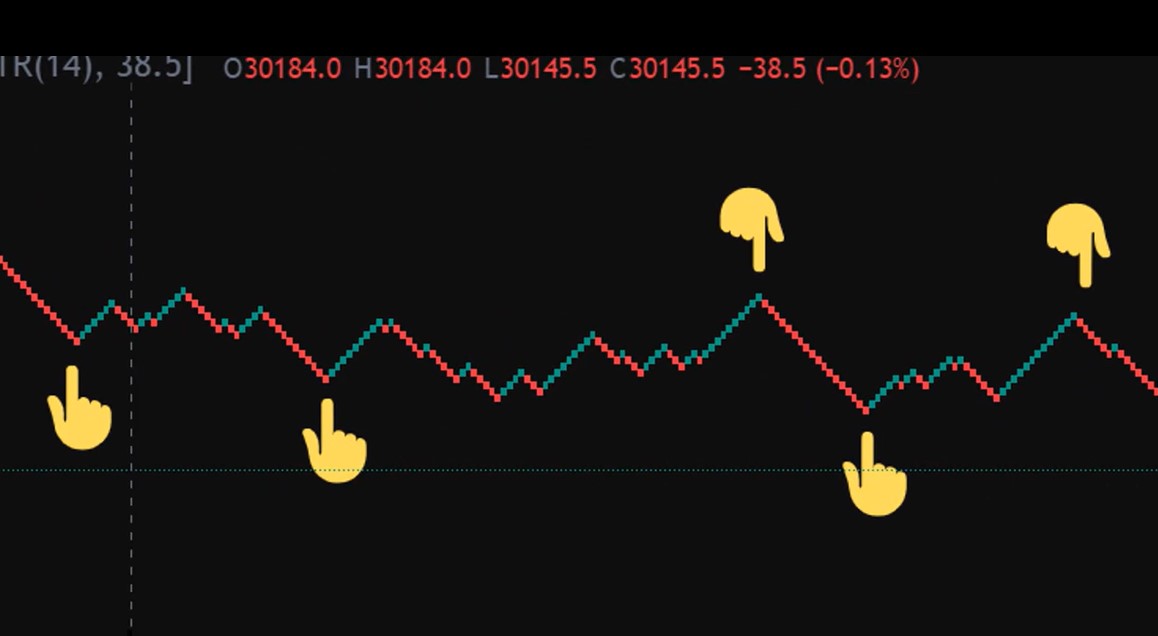Scientists have discovered a new climate phenomenon similar to El Nino that can cause temperature changes across the Southern Hemisphere. The phenomenon originates in a small area of the Pacific Ocean, off the coast of New Zealand, and is called the “Southern Hemisphere Circumpolar Wave Number 4,” or W4.

El Nino and La Nina, temperature changes in the Eastern Pacific, have negative impacts around the world, causing droughts and floods in various regions.
A team of researchers at the Indian Institute of Technology Kharagpur and the Japan Agency for Marine-Earth Science and Technology simulated 300 years of pre-industrial climate conditions and found a pattern of sea surface temperatures that repeated over time.
W4 begins off the coast of New Zealand, when an unusually warm or cool area of water appears during the Southern Hemisphere summer, causing an atmospheric ripple, creating alternating regions of opposite temperatures around seas at similar latitudes. The completed wave pattern consists of four warm regions and four cool regions.
W4 is typically shorter-lived than El Nino and La Nina, dissipating in late autumn (Southern Hemisphere). W4 can occur with either El Nino or La Nina, or occur in neutral years.
The scientists said that more research is needed on W4 and its impact on rainfall over the continent. Understanding this new weather system could significantly improve weather forecasting and climate predictions, especially in the Southern Hemisphere. In addition, this phenomenon has the potential to help decipher previously unexplained climate changes and improve the ability to predict extreme weather and climate events.


















